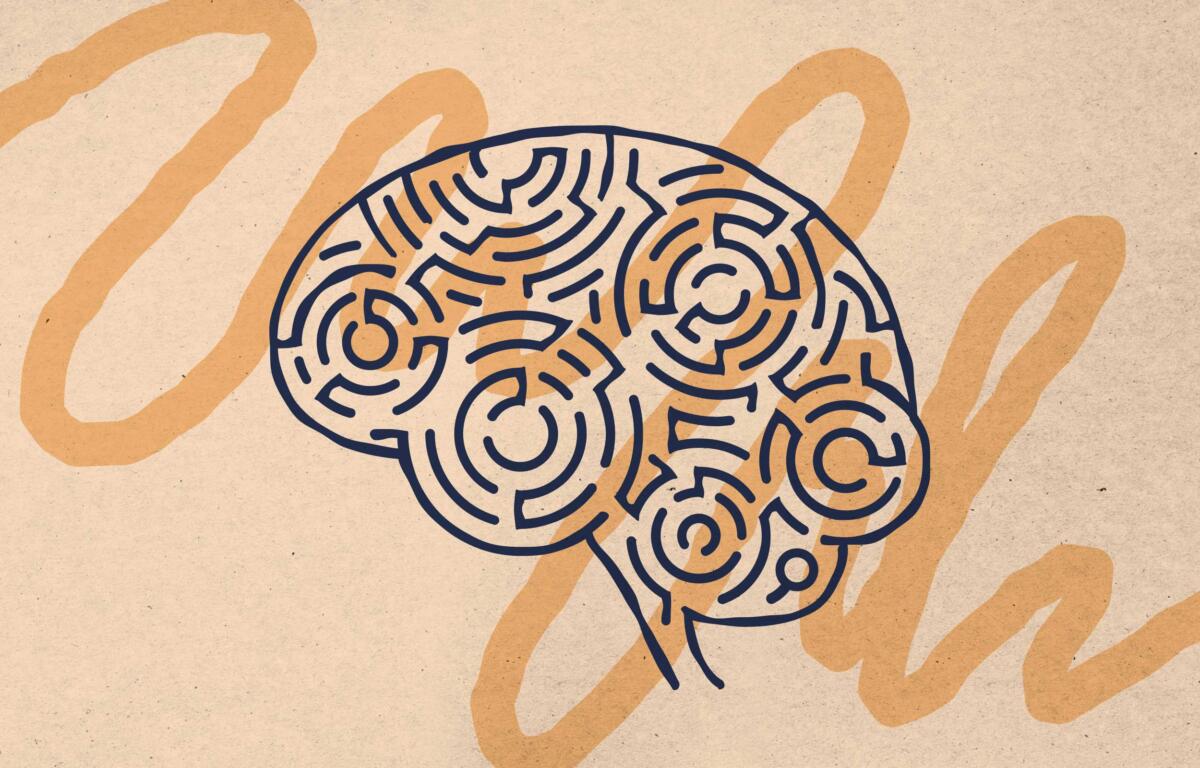CHARLOTTSVILLE, VA (CVILLE RIGHT NOW) – University of Virginia School of Medicine researchers have found what they believe is the physiological cause of Alzheimer’s patients forgetting family and friends, and a way to prevent it.
Dr. Harald Sontheimer, chair of UVA’s Department of Neuroscience and member of the UVA Brain Institute, along with graduate student Lata Chaunsali, said they found in the hippocampus protective “nets” that surround neurons in the brain while doing research on mice.
“Their role seems to be to stabilize contacts between nerve cells called synapses, and when they’re intact they seem to be holding these memories stable, ” Dr. Sontheimer said. “But in the Alzheimer’s-diseased mice we studied, they had lost this stabilizing coat on their surface.”
Sontheimer said they were able to use a drug in hand used to treat cancers and arthritis that prevent the loss of these nets in lab mice and protected them from losing their memories of previous social interactions. Human trials may still be years away.
“Importantly, when one stabilizes that, even in the disease, you can delay for as long as you treat animals you delay the loss of those memories.”
Sontheimer said mice are very much social creatures like we are and identify part of their family clan.
“You introduce a mouse to a novel mouse that he or she has never seen, they will spend a lot more time investigating and socializing, if you will, with that new mouse.”
“Now you compare how much time they spend with either a familiar or with a new mouse, and if they have an intact social memory, they spend a lot more time with a new mouse,” Sontheimer said.
“Once they no longer discriminate and they spend an equal amount of time with any mouse they’re exposed to, that tells you they’ve lost the ability to identify those that are part of their family or extended family clan.”
And they can show in this region of the hippocampus that once these “nets” are destroyed, they no longer spend an increased amount of time with a novel animal suggesting they’ve lost the ability to recognize familial ones.
“I would say over the next couple of years, we’re definitely going to look at these same structures in… tissue from humans, and look at whether or not we can discriminate that died having had a loss in social memory versus some that hadn’t and show that these structures are actually present that we expect to stabilize these memory traces,” Sontheimer said.
As for the drug they’re looking at, it’s already approved by the Food and Drug Administration for human use.
“So one could, if one convinces oneself that this is relevant, introduce a drug into human studies with considerable speed I would say,” Sontheimer said.
He said the drug that targets cancers and arthritis are targeting the same class of molecules found in this research.
The researchers have published their findings in the journal Alzheimer’s & Dementia: The Journal of the Alzheimer’s Association.
The article is open access, meaning it is free to read.



